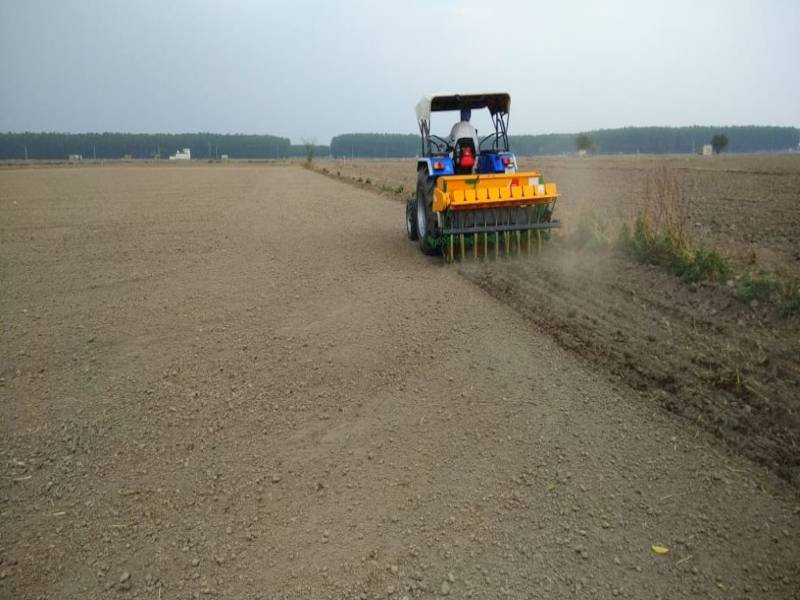
The Agriculture Department has once more extended the deadline from June 30 to July 4 after failing to meet its goal of bringing 12 lakh hectares under the direct seeding of rice (DSR) technique. The original date was May 31.
However, only roughly 77,000 hectares have so far been covered by the DSR technique. Notably, this is the first time the state government has declared that it will offer a reward of Rs. 1,500 per acre to farmers who choose to use this water-saving method. The farmers, though, are still unimpressed and concerned about an abundance of weeds in the crop. The lack of water in various Malwa regions in May can also be attributed to the Sirhind Feeder Canal's closure following a breach.
The DSR approach has been applied to over 24,000 hectares in our district, according to Gurpreet Singh, chief agriculture officer for Muktsar. Using this water-saving method, the farmers are sowing basmati. We expect that this exercise will continue for the upcoming week or so. As a result, we had asked for a deadline extension from the authorities.
To save water when planting paddy, the Punjab government has chosen to use the Direct Seeding of Rice (DSR) method for over 1.2 million hectares (MHA). DSR method is also known as the 'broadcasting seed method,' since seeds are drilled directly into the ground.
A pre-sowing (rani) irrigation is performed after the land is laser leveled. The field is prepped to the ideal soil moisture level, and paddy (non-basmati) is sown right away. In contrast to the usual water-intensive method, this strategy conserves groundwater and hence power.
When compared to the usual method of transplanting rice seedlings from a nursery to soggy fields, it can save up to 35% on water.
















